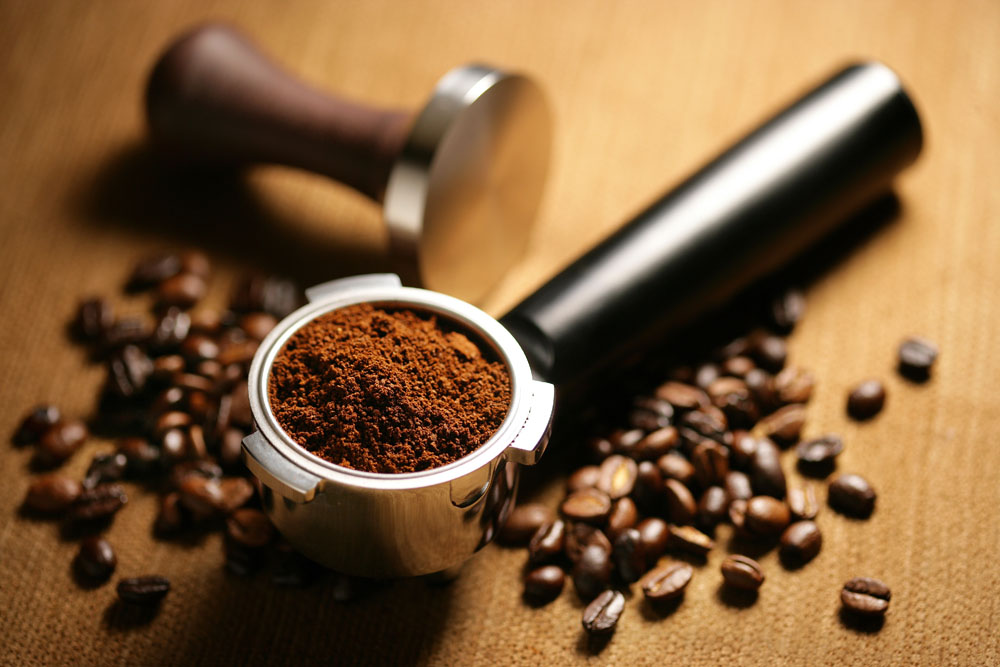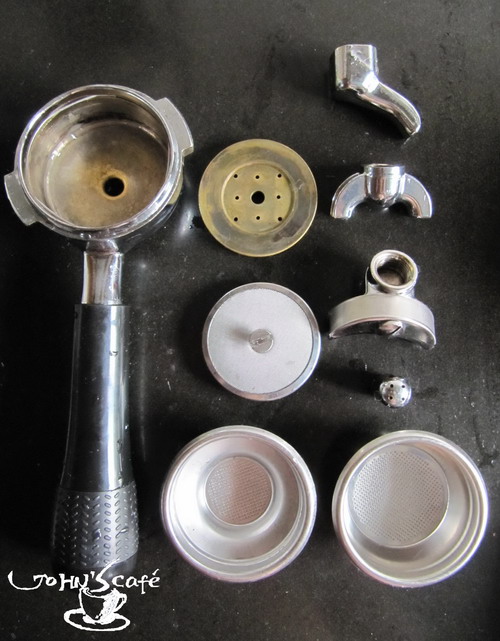Factors affecting coffee quality: coffee requires temperature balance and data
Coffee needs temperature balance.
Since coffee machines were equipped with PID temperature control systems, there has been a wave of temperature control. Experts say: "We need more accurate temperatures!", Almost all manufacturers have no objection to this. When we think about these changes and developments, one might ask,"Is it so important to have precise temperature control of machines in such a busy bar?"
scientific common sense
Everyone who has studied chemistry knows the concept of heat equilibrium. Mix two different substances at different temperatures and you end up with something in between. Coffee is no exception, it is a combination of hot water and cold/hot coffee.
To calculate thermal equilibrium, we need to know the weight, starting temperature, and specific heat of each material (the amount of energy absorbed by a gram of matter to increase its temperature by 1 degree Celsius).
obtain data
If we want to brew 40g coffee with 20g coffee powder, we need to mix 65g water (assuming a liquid retention rate of 1.2). The machine may have set a temperature standard of 93°C(199.5F), which makes coffee at a temperature of about 20°C(68F).
The specific heat of water is 4.18j/g/k(joules/grams/kelvin). Coffee is made from plant material similar in texture to wood, not completely dry, so I will assume a specific heat of 1.4j/g/k.
A cup of espresso starts at a lower temperature and finishes at a higher temperature, so remember that we want to get the average temperature of the extraction, not the absolute temperature.
So what's the result?
86.2°C (187F), probably lower than you think.
What's the big deal about a busy coffee bar?
The key is the temperature of the coffee powder.
Coffee machines may control temperatures surprisingly consistently, but our coffee grounds don't. Grinding produces a lot of frictional heat. These hot coffee powders absorb and change the equation above.
Grinders can get hot, and when business is good and the machines are operating frequently, they can easily spit out coffee powder at 50°C(122F). 3.8°C higher than before.
A simple experiment shows that the temperature of coffee fluctuates by 4°C, and our machine can be accurate to 0.1°C, which we are happy with.
Of course, precision machines are important because they reduce large fluctuations. However, it is also necessary to consider the temperature of the coffee powder in order to grasp the overall change. If you can measure coffee before and after grinding with an infrared thermometer, you will find a surprising difference.
But remember, the most important thing about coffee quality is consistency. If the ground coffee temperature remains consistent (i.e., your service level remains relatively consistent), then your coffee temperature can achieve a higher level of consistency.

Source: Brista Blog
Important Notice :
前街咖啡 FrontStreet Coffee has moved to new addredd:
FrontStreet Coffee Address: 315,Donghua East Road,GuangZhou
Tel:020 38364473
- Prev

How can the coffee machine be cleaned in order to be better maintained?
[daily cleaning] every time you get rid of the foam: open the steam valve for 2 seconds to spray the milk accumulated in the steam pipe. Clean the nozzle and steam pipe with a damp cloth to prevent the accumulation of milk dirt. Daily maintenance and cleaning process: 1. Coffee machine head / handle cleaning: (1) after each coffee is extracted, remove the coffee handle and pour out the coffee grounds, turn on the cleaning switch and embed.
- Next

On the factors affecting Coffee quality: the relationship between Grinding, Coffee extraction ratio and concentration
Coffee extraction is like doing an experiment, controlling the change between solvent (water) and solute (coffee) under environmental variables. How to dissolve the effective substances in coffee according to demand under appropriate conditions is the tireless experimental theme of all coffee lovers. Shotsmrkt. In the name of "coffee addiction", we will regularly sort out the experience and imagination of coffee brewing. Making a good cup of coffee is the most important thing.
Related
- What is the meaning of lactic acid fermentation with coffee bean treatment?
- How to judge the state of foam by sound?
- How does the latte pull out the unicorn pattern? Come to get for a little trick to improve the flower pull!
- Will flower pulling affect the taste of the latte?
- Do you know the history of coffee?
- The difference between honey treatment and sun washing what is raisin honey treatment?
- What kind of milk can a novice use to make coffee foam to keep the foam longer? The correct method and skills of milking tutorial sharing
- Why do washed coffee beans taste sour? Flavor characteristics of washed Coffee
- Introduction to the skill of how to practice the size and height of water injection around the circle of hand-brewed coffee
- How do beginners practice coffee flower drawing from scratch?

